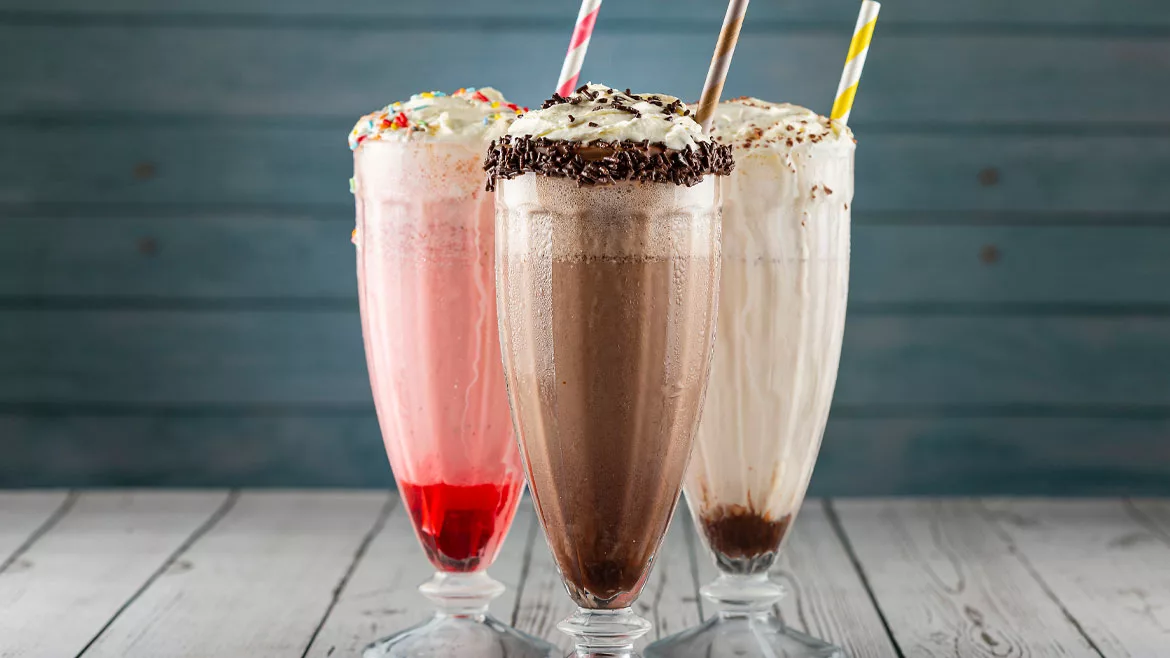InBev's Star
InBev’s Star
Stella Artois has long history in Belgium
Leuven, Belgium, located
about 15 miles from Brussels, not only is InBev’s corporate
headquarters, but it also is home to Stella Artois, one of the
company’s three flagship products. InBev can trace its brewing past
all the way back to 1366 in this Flemish city, and Stella Artois’
roots date back to 1926, when it was introduced as a limited-edition beer
for the Christmas season. The beer, which takes the name Stella from the
Latin word for star, has risen to the top of the company’s lineup as
a year-round, and now global product.
The main production facility for Stella Artois is
located across the street from the company’s new, recently completed
headquarters building, and is one of more than 100 breweries the company
operates around the world. With a capacity of 6.5 million hectoliters per
year, the Leuven brewery has been designed for flexibility. It produces 30
varieties of beer, including three versions of Stella Artois; Jupiler, the
leading beer brand in Belgium; Leffe; and several other beers for the Dutch
market.
The facility runs 24 hours a day, seven days a week.
Like Stella Artois and Jupiler, most products brewed in the plant are lager
pilsners, but it produces a number of other products, including darker
beers. While production has, at one time or another, been located at many
points in Leuven, the current facility was built in 1992. Because of their
different temperature requirements, brewing, fermentation and bottling all
take place in separate buildings located adjacent to one another.
At nearly 60 meters tall, the raw materials silo
building next to the brewhouse serves as the brewery landmark, with a large
Stella Artois logo at the top. It holds grains used for brewing, such as
barley malts and corn grits, as well as hops. The silo feeds the brewing
process, which begins with milling of the malts.
The grains are hammer milled in preparation for the
mashing process, during which they are mixed with water and boiled to
convert their starches into sugar. The facility makes use of 80 underground
wells located on the site, and water is purified through several processes
depending on whether it will be used for brewing or for other purposes.
The brewhouse contains 15 stainless steel brew tanks,
and each brew, or batch, measures 650 hectoliters. The process takes four
to five hours for each brew. The corn and malt are first raised to the
boiling point in separate vessels for about an hour, and then are combined.
The enzymes in the grains are reactivated and begin to convert the starch
into sugar at an optimum temperature of 62 to 72 degrees C.
When the sugar conversion is complete, the spent
grains are filtered out to be used elsewhere as cattle feed. Once the spent
grains are removed, the remaining liquid, called wort, is boiled and hops
are added for flavor and aroma. It is finally clarified using a centrifuge
system and is ready for fermentation in the building next door.
In addition to the commercial brewery, the Leuven
brewhouse features a microbrewery that is used for training purposes. The
small brewery contains all of the equipment found in the larger brewery,
but at 1 percent of the size, or 650 liters per brew. InBev also has a
similar microbrewery at one of its facilities in Canada.
From wort to beer
The fermentation building houses 72 fermentation and
maturation tanks, and is where beers such as Stella Artois spend a total of
20 days to become finished products. Beers such as Leffe are fermented at a
higher temperature and spend less time in fermentation and maturation.
Several batches of wort are combined in vertical
fermentation tanks that measure 16 meters tall. Yeast is added to the wort
to facilitate the conversion of sugar into alcohol. When fermentation is
complete, the yeast collects in a cone at the bottom of the tank, and is
removed for reuse in the future.
The fermentation process takes approximately six days,
during which the temperature is strictly controlled. When fermentation is
complete, the beer is still considered “green” and requires
maturation for another 14 days to stabilize. The product then goes through
a final filtration and on to packaging.
A finished product
The final process at the Leuven plant is bottling, and
the facility has a total of eight packaging lines that fill product in
glass bottles, cans and PET bottles, as well as kegs. In addition to
bottling the beers produced in Leuven, the packaging lines bottle products
brought in by tanker trucks from other InBev breweries, in fact 14 percent
of the beer bottled at the plant is actually brewed at another facility.
Beer that is produced in Leuven is fed into the
filling lines from the brewery’s 30 bright beer tanks where it
underwent final filtration. The plant has four bottle filling lines, three
of which fill glass bottles, and one that fills PET. The facility uses a
number of returnable bottles, which are cleaned in the bottle washer and
examined by two high-tech inspection systems to ensure they are properly
cleaned and not damaged. The bottles are filled and capped, and then
pasteurized in a tunnel at 60 degrees C for 20 minutes. They are then
labeled and packed into cases.
The glass bottle filling lines operate at a speed of
150,000 bottles per hour, and the canning line, which uses a similar
process, runs 140,000 cans per hour. In all, 40 percent of the beer bottled
in Leuven is filled in cans, 30 percent in bottles and 30 percent in kegs.
Smaller than the glass and can filling lines, the PET
line begins with bottle preforms, which are blown onsite at a rate of 6,000
bottles per hour. The bottles are rinsed, filled and labeled. Like the
other packages, the PET bottles are pasteurized, but they are flash
pasteurized at a higher temperature for a shorter time than tunnel
pasteurization.
Finished products are palletized and stored in a
conditioned warehouse prior to shipping. The facility loads 200 to 300
trucks per day with outbound shipments, and product is shipped on a
first-in, first-out basis. But high demand keeps the facility running on a
nearly just-in-time basis, and most product spends less than 48 hours in
the warehouse. BI
Hometown heros
Two of InBev’s beers that are native to Belgium
are Stella Artois and Jupiler, and both are
brewed at the Leuven brewery. Despite their common Belgian heritage, the
brands have distinctly different personalities, with Stella Artois taking
on a global image of “supreme quality and worth,” and Jupiler
one of unabashed masculinity.
Along with German beer Beck’s and Brazil’s
Brahma, Stella Artois is one of InBev’s three flagship products. It
is the fifth-largest international brand and is available in more than 80
countries. The brand often is served in a trademark chalice glass, and its
marketing efforts often are tied to the film industry and the Queen’s
Club Tennis Tournament in the United Kingdom.
Jupiler is Belgium’s leading beer brand, and is
said to have an accessible flavor and easy digestibility. According to the
company, “Jupiler understands men like no other brand,” and its
marketing follows in that vein. The brand is the official sponsor of
Belgium’s Jupiler League football and also supports the
country’s national football team.
In addition to their traditional packaging, both of
the products are produced at the Leuven brewery in a unique PerfectDraft
keg, a 6-liter beer keg designed to be used in an in-home draft system.
Available in Belgium and Luxembourg, PerfectDraft is the result of a
partnership between InBev and Royal Phillips Electronics. It combines the
lightweight keg with an appliance that features a tap handle, internal
cooling system and pump. The system is intended to keep the beer at optimal
conditions of 3 degrees C, and once installed, the beer stays fresh for
four weeks.
The system was launched last August with the two
Belgian brands, as well as the Diekirch brand in Luxembourg. It retails for
199 euro for the appliance, and 14.99 to 15.95 euro per 6-liter keg.
Looking for a reprint of this article?
From high-res PDFs to custom plaques, order your copy today!



